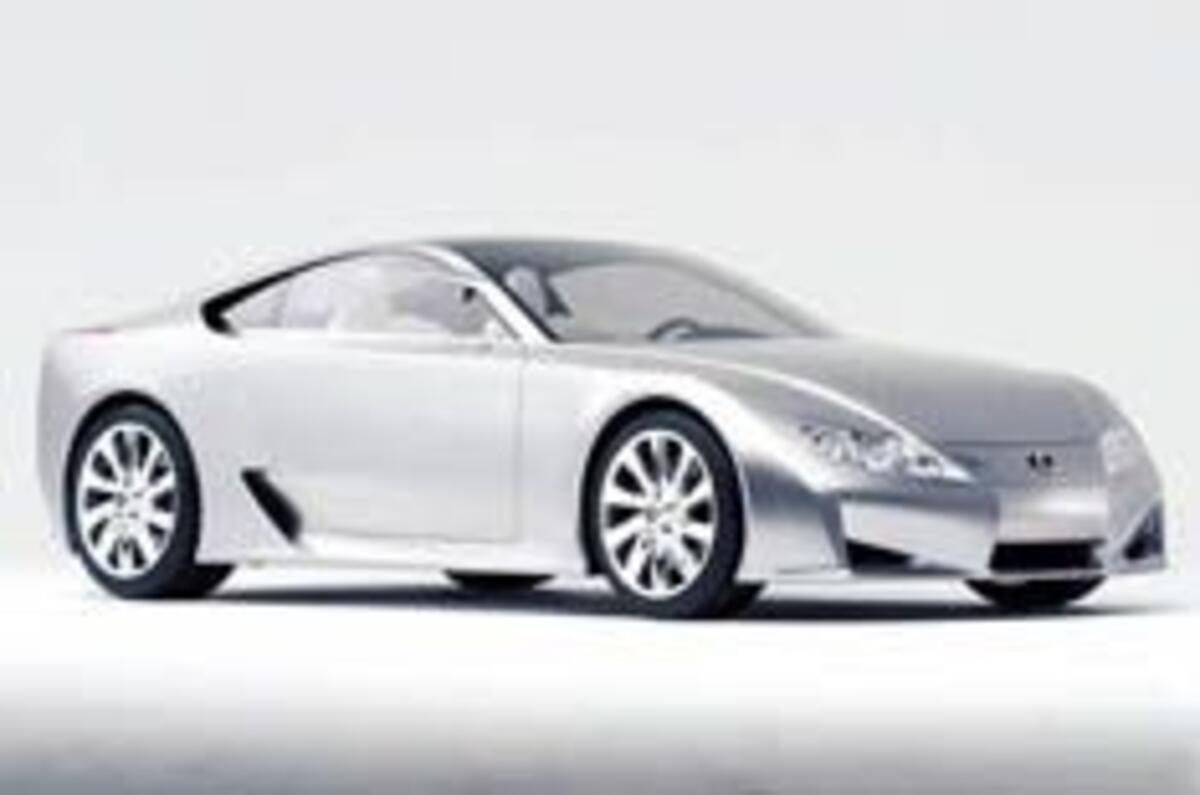Dubbed ‘Super Sport’ in internal documents, the front-engined supercar is built around a central carbonfibre monocoque, in a similar style to the Porsche Carrera GT and Mercedes SLR McLaren. The front structure (to which the engine is attached), roof and rear end are all constructed from welded and bonded aluminium. The carbonfibre crash structure in the extreme front end of the nose is thought to have been engineered by Lotus. Development cars, photographed at close range, show the interior is still a mass of exposed electronics.
The styling appears to have deviated little from the Lexus LFA concept’s, but there’s still no definitive news on whether it will be badged Lexus or Toyota. It’s thought to be powered by a V12 engine, although a V8 reflecting the new F1 engine rules for 2006 is also possible.
For more mainstream models, Toyota is ‘going back to the basics’ of vehicle development in an attempt to make massive savings in both development and material costs. Dubbed Value Innovation (VI), the project is designed to offset both rising material costs and the threat of low-cost production from countries such as China. According to a senior Toyota official, the company is looking at radical ideas such as eliminating nuts and bolts, creating cars from large ‘modules’ rather than individual components and even cutting sheets of steel more efficiently. Toyota has already revealed clever cost-cutting design in its Aygo city car.
The company is moving to reduce the number of models and making more cars in the markets where they are sold. To this end, Toyota is ending European sales of the Celica, MR2 and Previa next year. Toyota has an established record of revolutionising production and quality in the car industry. The VI project could help it pull further ahead of ailing rivals Ford and General Motors.





Add your comment